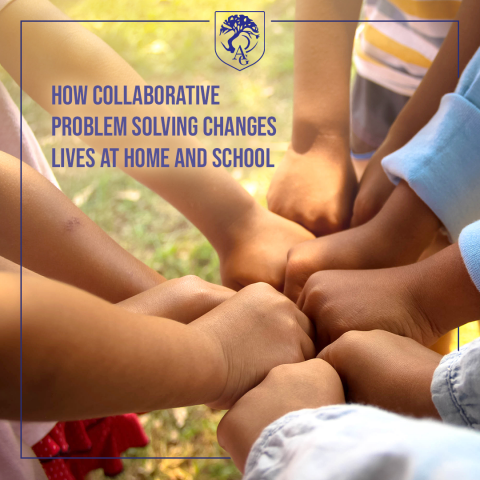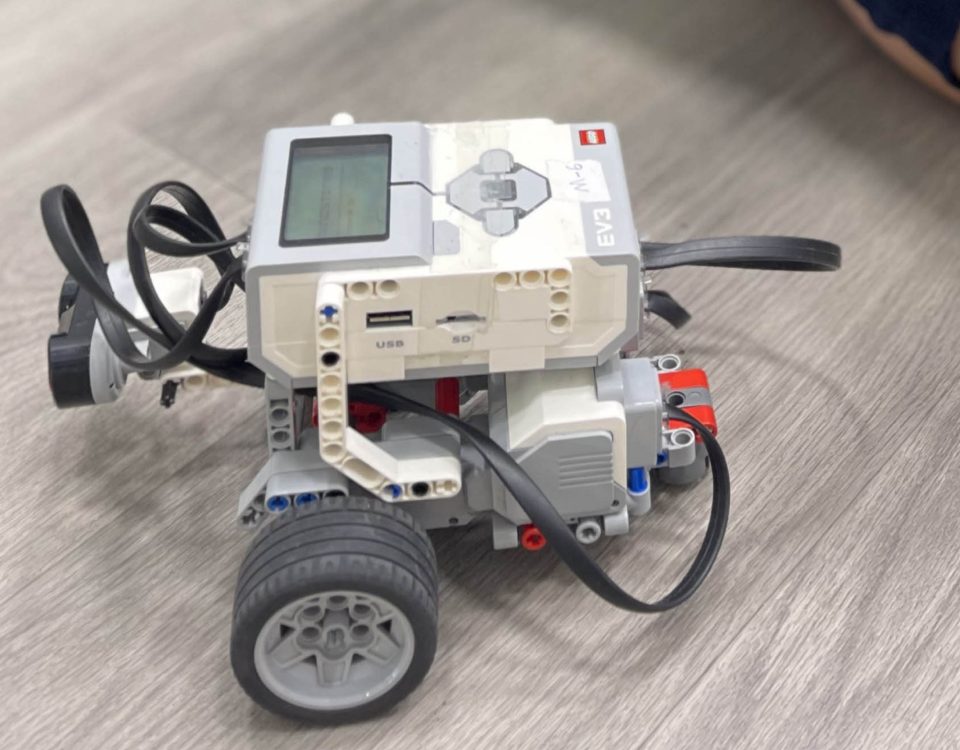How Collaborative Problem Solving Changes Lives At Home And School
How Collaborative Problem Solving Changes Lives At Home And School
Collaborative problem solving sounds a lot more complicated than it really is. If you’ve never heard of it before, it may sound like some sort of psychological obstacle course that requires a Ph.D. to traverse. Rest assured that collaborative problem solving is completely within the reach of all parents.
What is collaborative problem solving?
Collaborative problem solving is based on the results of neurobiological research. To put it simply, it deals with the brain’s wiring and works to address and strengthen social, emotional and behavioral deficits. Collaborative problem solving uses empathy, empowerment and teamwork to find ways to positively shape less than ideal behaviors.
How does it work?
The main theory behind collaborative problem solving is that adults have three ways they can respond when kids don’t meet our expectations. These are called Plan A, Plan B and Plan C.
Plan A happens when adults try to force what they expect upon children. It’s the generations old idea of, “Because I said so.” As you can imagine, and maybe you know from personal experience with your own parents or teachers, this kind of reaction tends to do more harm than good. When we focus strictly on exerting our own expectations on children, we fail to address their challenging behaviors and whatever it is that they are lacking. Furthermore, implementing a Plan A type of response can drive a wedge between adults and children. This is a catalyst for even more challenging behaviors. It becomes a cycle that can quickly spiral out of control.
Plan B involves prioritizing expectations. Rather than constantly exerting all of your expectations, Plan B involves putting certain expectations on the backburner. This is often viewed as “giving in” to the child’s challenging behaviors or shortcomings. In reality, it’s a form of choosing battles and may temporarily lessen tension but it fails to teach how to adapt and overcome the negative behaviors.
Plan C is where the key to success lies. This plan consists of three steps that encourage collaboration between the adult and child. In Step 1, the child’s concerns are addressed and they are given supportive commentary assuring them that the adult is willing to help them meet their goals. Step 2 is when the adult is given an opportunity to address their concerns. Lastly, Step 3 is achieved by the adult and child brainstorming ways that they can work together to meet a common goal.
How does collaborative problem solving help life at home and school?
Collaborative problem solving can be especially powerful in shaping behaviors if both teachers and parents implement the use of a Plan C response. Consistency is key. By partnering with children to help them make positive change within themselves, we are teaching them problem solving, critical thinking and teamwork. Just like with anything else we practice, these skills will become more solidified as time goes on. Encouraging daily mindfulness along with collaborative problem solving will allow children the opportunity to reflect on their behaviors. Learning how to address challenging behaviors can promote a level of self-awareness that will carry over into all aspects of life. As behavior improves, the ability to focus on learning will also improve. You will see your child flourish with healthier relationships amongst peers, family members, authority figures, and eventually partners and co-workers.
Don’t be afraid of addressing conflict head on.
Conflict resolution is often a barrier that so many people are uncomfortable with or just completely ill-equipped to handle. Children who learn respect and collaboration in conflict resolution will have the qualities necessary to become effective leaders and changemakers within their communities. It may be a frustrating and time consuming process, but working with your child to mold their behaviors will enhance their success and quality of life for years to come.








